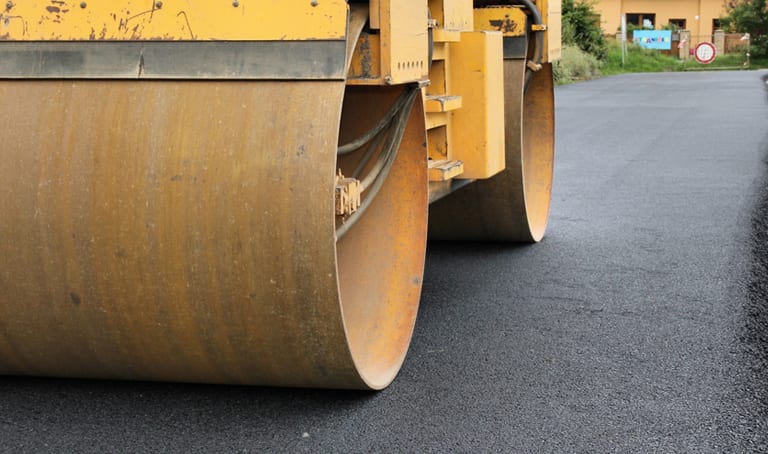
Just like a parking space, a driveway must be taken care of through maintenance. Luckily, the asphalt maintenance process is relatively affordable, though this depends on the materials selected. Here are the steps in repaving a driveway.
Preparation
The first step to paving a driveway calls for contacting a licensed contractor. The contractor must contact the Call Before You Dig department. This is usually known as CBYD. The Call Before You Dig staff will arrive with the necessary equipment for documentation and construction. They always come with materials for marking underground property utilities like power, telephone, water, cables, gas. The property owner should mark off items that may not be on public record. These items include sprinkler systems, alarm sensors, plumbing systems and electrical systems.
Excavation
The structure on the surface is only as good as the structure underneath. Paving on soft ground will eventually damage the asphalt, causing cracking. The preparation stage will determine the life of the driveway. To come up with a smooth surface while paving the driveway, all unusable materials on the surface must be dug up and removed. Lumps of coarse sand, clay, and loam are all removed. The digging should not affect the existing driveway foundation. Any damage to the existing driveway foundation needs to be avoided, to prevent future cracking of the asphalt.
Base and Grading
The next step is creating a solid base by grading the ground. The base is evaluated before placing the crushed processed stone on the base. The processed stone is spread by using a skid steer. The processed stone is compacted and forms the base of the aslphalt. The base is also laid at the proper pitch for proper water drainage. To ensure compaction, the base is rolled with a vibratory roller.
Laying of Asphalt
After the surface is prepared, a fresh batch of pavement mix is purchased. The right trucking capacity is important, so the operation can run smoothly with the right flow of pavement. This helps minimizes the time for material cooling as well as down time. In most scenarios, the asphalt is laid in two levels. More levels may be necessary depending on the intended use of the space and the weight of the vehicles to use the driveway.
Compaction and Finish
This is a vital step in acquiring a unique, stable driveway. Without proper compaction, asphalt will not hold together over time. The surface must go through rolling using a vibratory machine. The edges must be approximately 45 degrees. After final compaction and finish is laid, the driveway is left unused for a period while it hardens. After hardening, you have a beautiful, newly finished basement.

